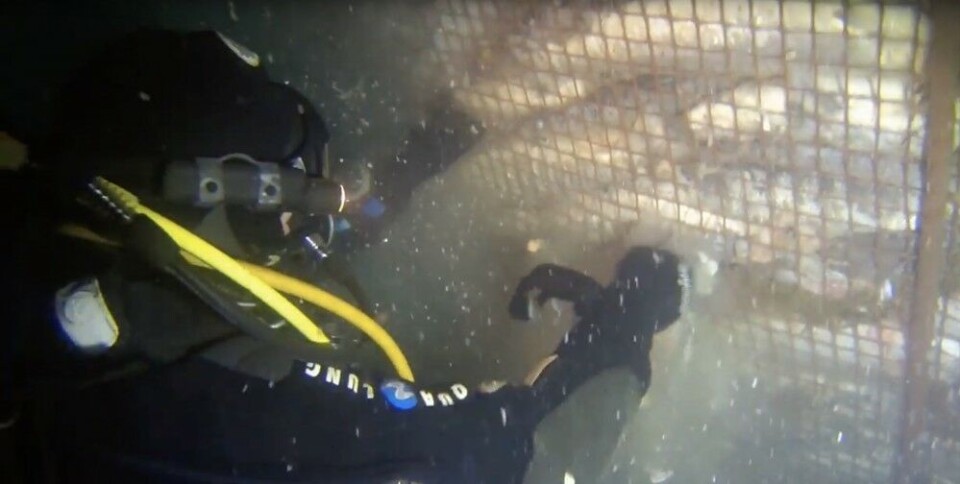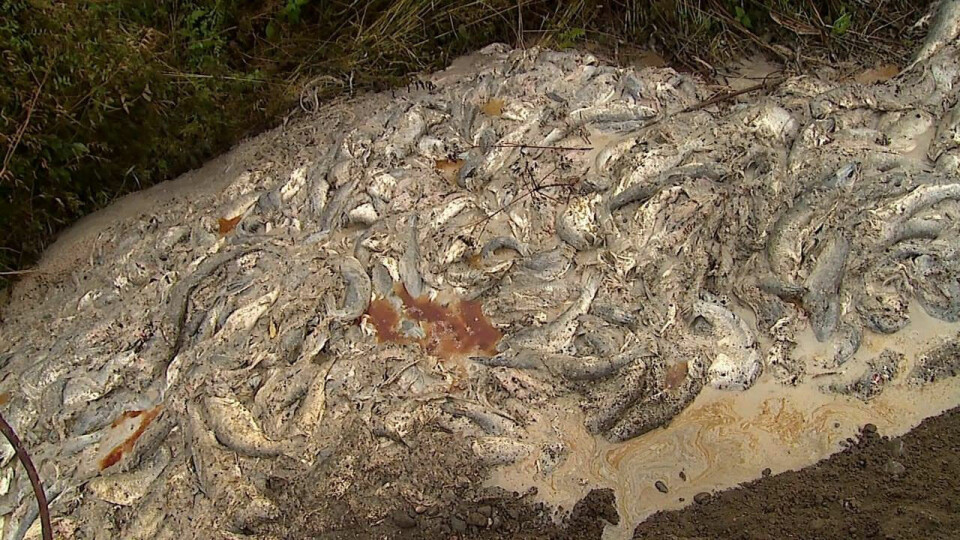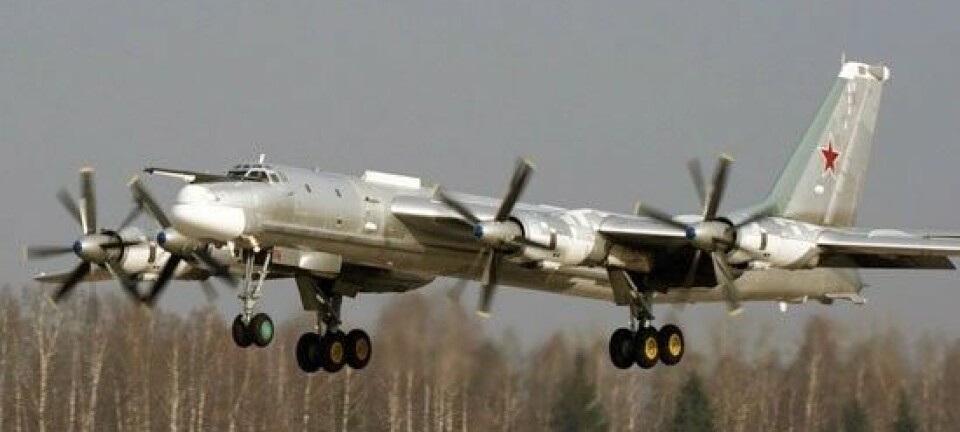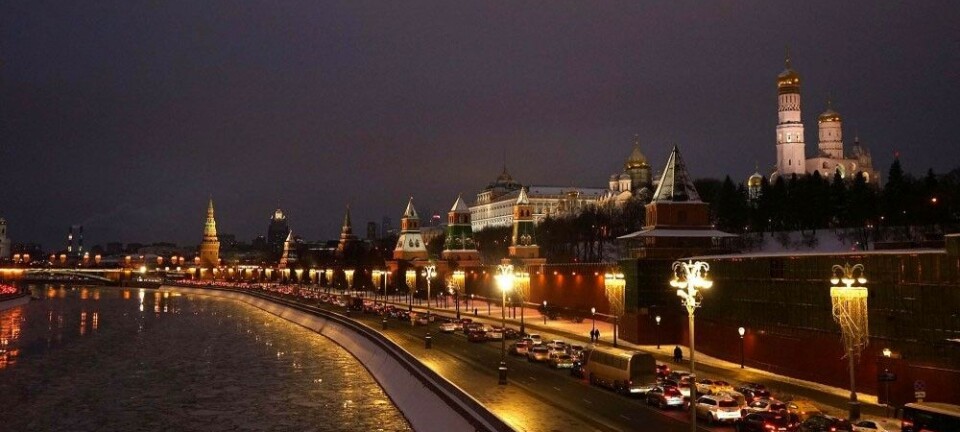Watch this: 750 tons of dead salmon being dumped in Murmansk fjord
Video footage from last year’s aquaculture scandal in Murmansk shows fish farmers cutting loose the bottom of a cage net littering the Arctic sea bottom with dead and half-dead fish.
It will not raise your appetite and should hardly be recommended for under-aged. The video, which now is made available by Bloger51, shows divers cutting loose the bottom of a cage net in one of the fish farms on the Kola coast. Half-rotten, half-dead salmon pours out and drops to the sea bottom.
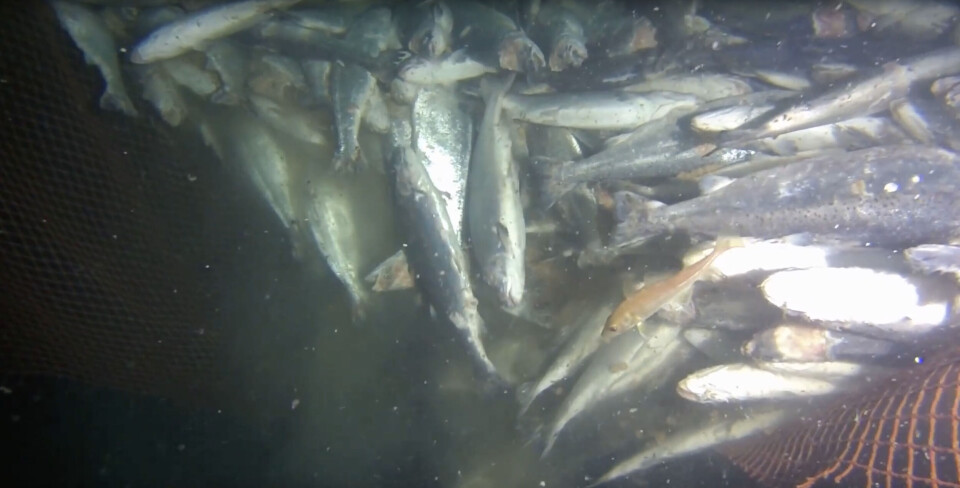
According to a source quoted by Bloger51, the cage held 150,000 salmons with a total weight of 750 tons. It is only one of a number of cages which were affected by last year’s massive salmon death in the regional aquaculture industry.
«This is definitely not in line with good practice», says Kristina Landsverk, Central Veterinary Officer at the Norwegian Food Safety Authority. «Dead fish should daily be removed, registered and destructed on land», she says to the Barents Observer. She confirms that the dumped fish poses a serious threat both to nearby farm facilities and to wild fish.
The bottom of the cage nets might have been cut loose in order to save the facility from the weight of the dead fish, she believes.
Over a number of years, regional authorities in Murmansk expressed great hopes for the aquaculture industry in the Arctic fjords of the Kola Peninsula. Output of aquaculture products was to reach 25,000 tons already by year 2021, regional planning documents said.
Then it all collapsed. The region’s two aquaculture companies, the Russian Salmon and the Russian Aquaculture, got most of their fish destroyed by disease. Both companies reportedly had their cages filled with more than twice the number of recommended fish. Cage nets dimensioned for 80,000 fish were filled with 200,000 and a major number of cages were placed over small areas. Satellite pictures from the Pechenga Bay, just few kilometers from the border to Norway, reveal almost 150 cage nets over a small piece of sea.
The massive fish death eradicated the whole aquaculture industry in Murmansk and created serious environmental problems. An estimated more than 2000 tons of dead and rottening fish was transported to several sites all over the Kola Peninsula where it was either put on fire or dumped in landfills.
The aquaculture scandal along the Kola coast triggered concern in neighboring Norway.
While the two countries for decades have had a well-established and comprehensive management cooperation on pelagic fish in the Barents Sea, they hardly communicate over aquaculture issues.
That could now gradually change. According to Kristina Landsverk, the first steps towards a formalized aquaculture cooperation on the level of authorities have been taken. The Russians are interested and have appointed a contact person for further cooperation, she says.
Landsverk was herself in Murmansk in March this year to discuss cooperation with regional Russian authorities.
